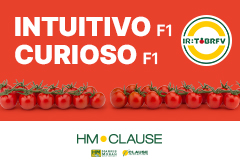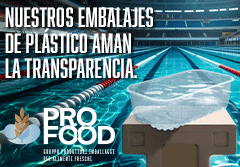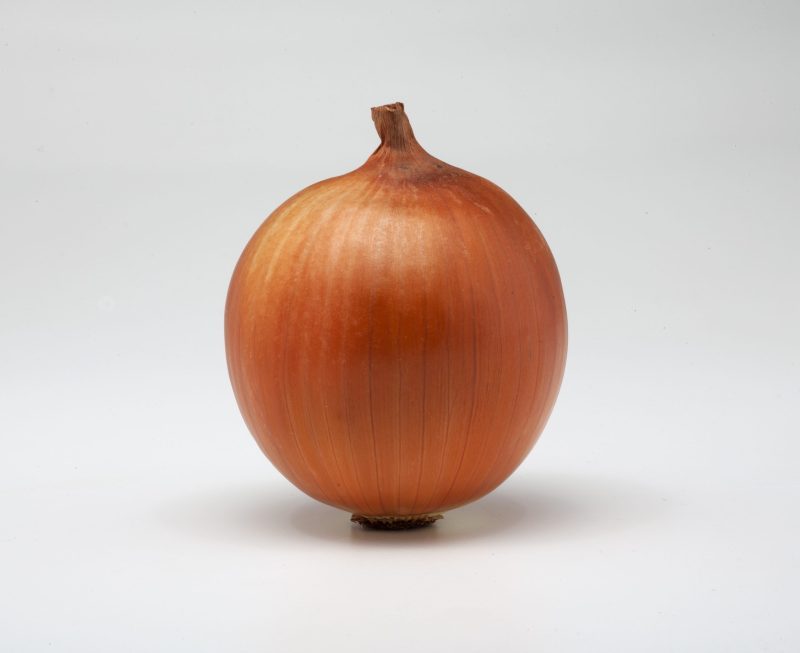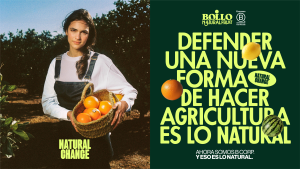After taking over the onion market with Valero F1, BASF intends to repeat this feat with the variety Campero F1, which complements the previous one and is moving forward in sales after three years on the market. Slightly later than its predecessor, Campero F1 brings important hardiness and strength, in addition to good conservation and storage qualities, meaning it is coming into competition with varieties that are later than Valero, but with a similar format to this variety.
With a globe-shaped bulb, very good skin, well covered and a deep, shiny reddish colour, this yellow onion fits into a “medium cycle within the long day segment,” and it has been developed completely for export, explains Francisco de la Cruz Valera, Onion Account Manager at BASF.
“It is a good alternative for continuing after harvesting Valero F1,” allowing producers to stagger the collection and extend the harvest. And it is ideal for producers who are looking for a high-quality material that links up with Valero F1, as it shares the same characteristics. It also brings a good yield: “it can give up to 10 to 15% more than other varieties in the same segment.”
The company is working on variety development to extend its portfolio, looking for materials that are resistant to Trips, heat and water stress and resistance to fusarium in the different regions. “Heat stress is the main bone of contention in the sector. It causes a drop in the yield percentage, and it is associated to internal damage levels.”
At the International Onion Meeting, IOM 2023, this topic, internal damage of onions, was discussed at length. “Trials are being carried out with bacilli that seem to control the internal damage to a large extent in companies and official organisms. We are seeking a solution to controlling internal damage in onions and we believe it is linked to high temperatures, particularly in Castilla-La Mancha, the main production area. Many companies are looking at the idea of changing to areas with milder summers,” Francisco de la Cruz Valera advances. Accordingly, it is worth mentioning that BASF’s varieties adapt particularly well to regions with between 8 and 10 degrees lower in summertime temperature peaks in these areas.




















